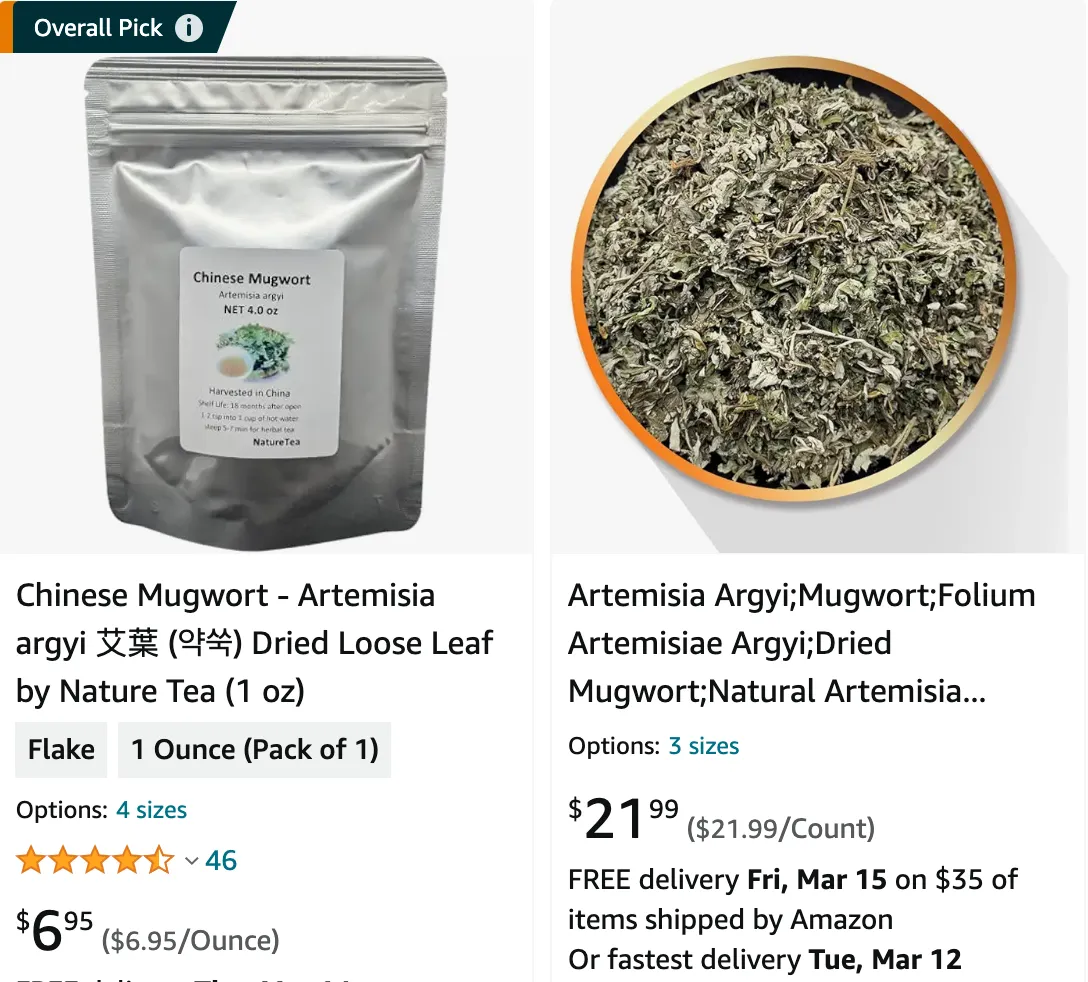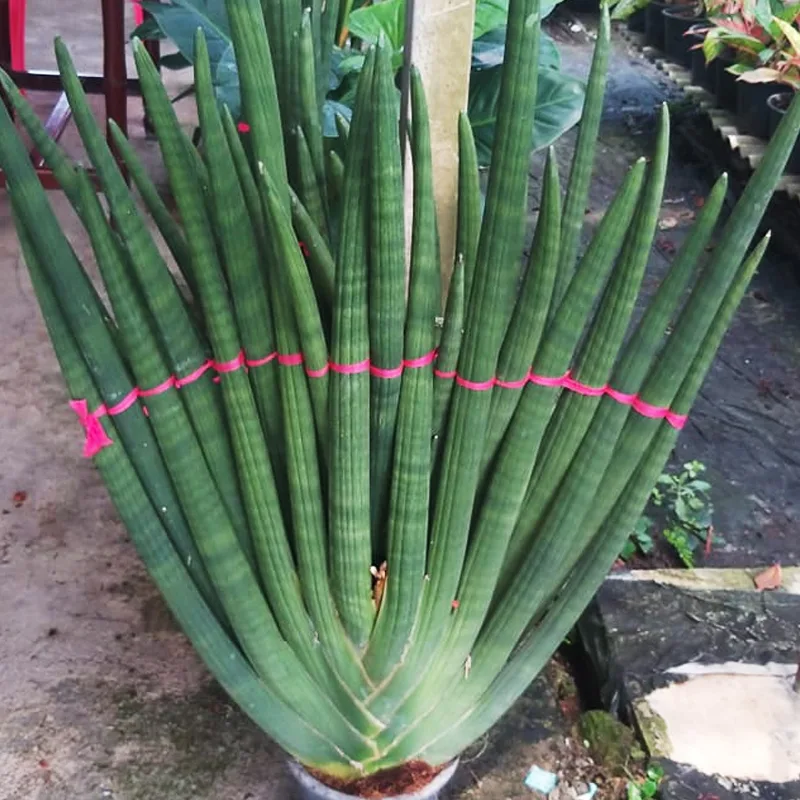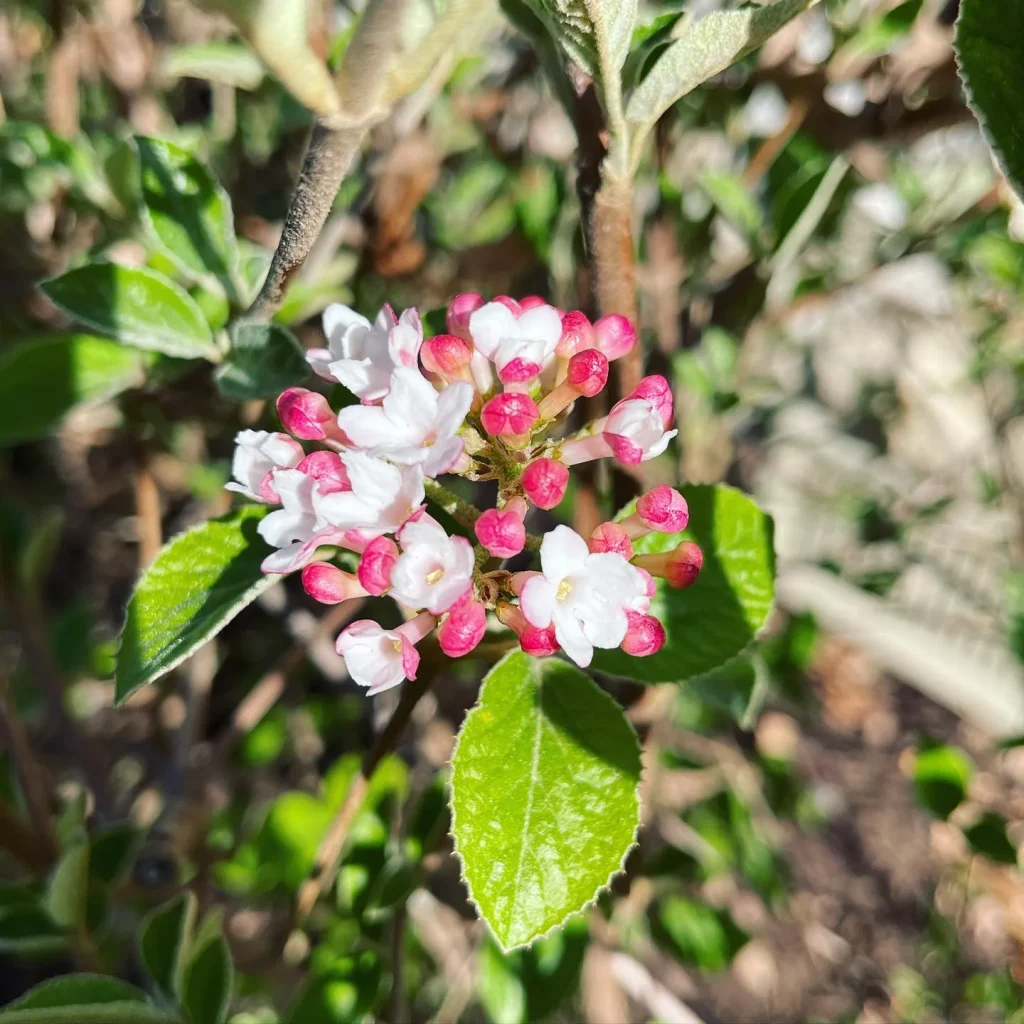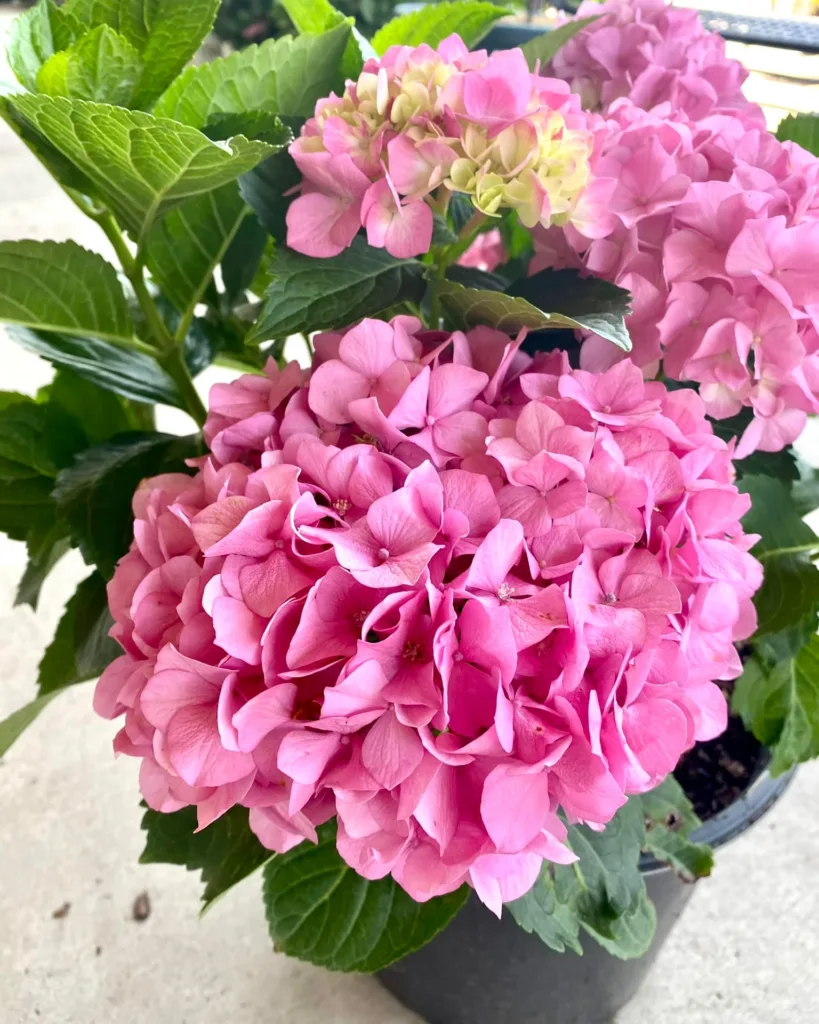
Frequently Asked Questions About Artemisia Argyi
Hi everyone, Ferb Vu here. Today, we’re diving into the world of Artemisia argyi, also known as silvery wormwood or Chinese mugwort. This perennial plant has been a staple in traditional Chinese medicine for centuries, and recently, it’s piquing the interest of researchers and natural health enthusiasts alike. So, let’s address some common questions about this intriguing herb.
508 Species in Genus Artemisia
What is Artemisia Argyi?
Artemisia argyi is a flowering plant belonging to the Asteraceae family, the same family as sunflowers and daisies. It’s native to East Asia, thriving in regions like China, Korea, and Japan. Standing about a meter tall, this grayish perennial boasts a creeping rhizome and short branches. Its leaves are the most notable feature, ovate and deeply divided with a silvery-white coating due to tiny, oil-producing glands.
Artemisia Argyi vs Artemisia Vulgaris
When I compared Artemisia argyi and Artemisia vulgaris in my garden, I found Artemisia argyi to be a standout with its silvery-gray foliage that really popped against other plants. Its aroma is more subtle, which I appreciate since it doesn’t overpower the space. On the other hand, Artemisia vulgaris has a more robust and earthy scent, which is great if you’re looking for a stronger fragrance. Both are hardy, but I noticed that Artemisia vulgaris is more resilient and spreads quickly, which could be a benefit or a challenge depending on your garden’s needs.
What are the Uses of Artemisia Argyi?
Traditionally, Artemisia argyi has been used in various ways:
- Medicinal Purposes: In Chinese medicine, it’s believed to possess antibacterial, antifungal, and even antitumor properties. Research is ongoing to explore these claims scientifically.
- Moxibustion: Dried leaves are used in moxibustion, a traditional Chinese therapy involving burning the herb near specific acupuncture points to stimulate healing.
Modern applications of Artemisia argyi are still under investigation, but some potential benefits include:
- Wound Healing: Studies suggest the essential oil extracted from the leaves might promote wound healing.
- Skincare: The oil’s potential antimicrobial properties could be beneficial for certain skin conditions.
Important Disclaimer: It’s crucial to consult with a healthcare professional before using Artemisia argyi for any medicinal purpose.
How Does Artemisia Argyi Differ from Mugwort?
Artemisia argyi is often confused with mugwort (Artemisia vulgaris). While they belong to the same genus, they’re distinct species. Here’s a quick breakdown:
- Appearance: Mugwort has lobed, green leaves, while Artemisia argyi has silvery-white, deeply divided leaves.
- Origin: Mugwort is more widely distributed globally, while Artemisia argyi is native to East Asia.
- Uses: Mugwort has a long history of use in various cultures, often for its purported calming and dream-inducing properties.
Is Artemisia Argyi Safe to Use?
Artemisia argyi is generally considered safe when used topically. However, ingesting it can cause side effects like nausea, vomiting, and diarrhea. Pregnant and breastfeeding women should avoid it altogether due to potential risks.
As always, consult a healthcare professional before using any herbal remedy, including Artemisia argyi.
Where Can I Find Artemisia Argyi?
Artemisia argyi is not as readily available as some other herbs. You might find it at specialized herbal shops or online retailers. It’s also possible to grow your own, but it requires specific conditions to thrive.
Remember: When purchasing herbs, ensure they come from a reputable source.
Final Thoughts on Artemisia Argyi
Artemisia argyi is a fascinating plant with a rich history in traditional medicine. While research into its potential benefits continues, it’s crucial to approach its use with caution. Never ingest it without professional guidance, and prioritize safety when exploring its potential applications.
If i die, water my plants!



